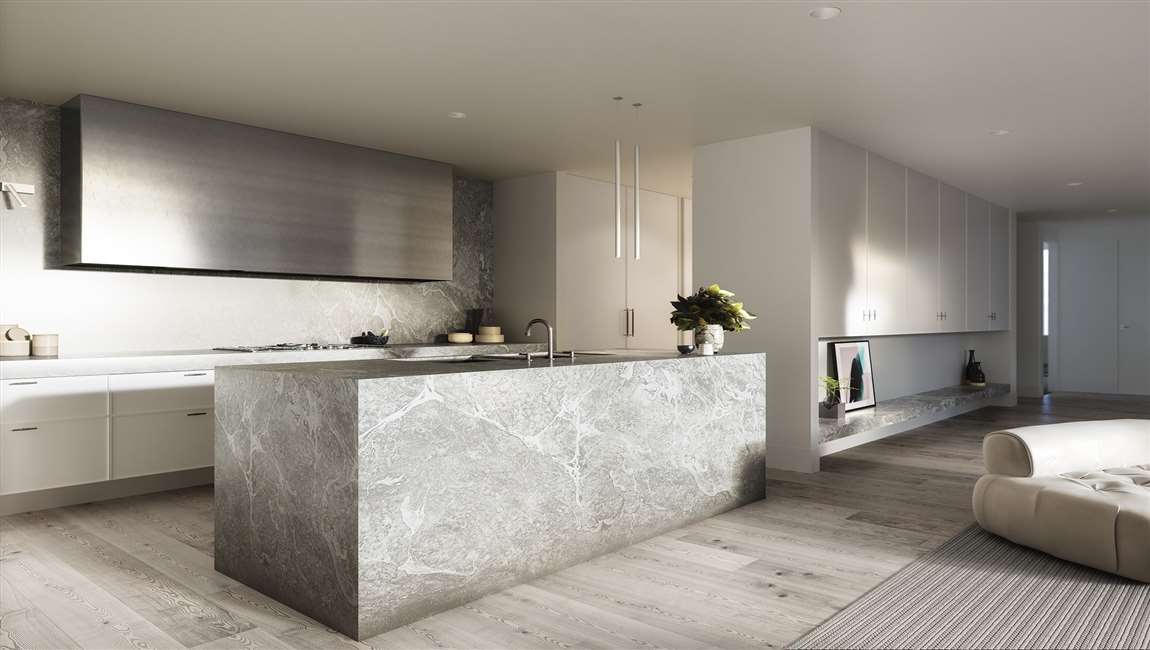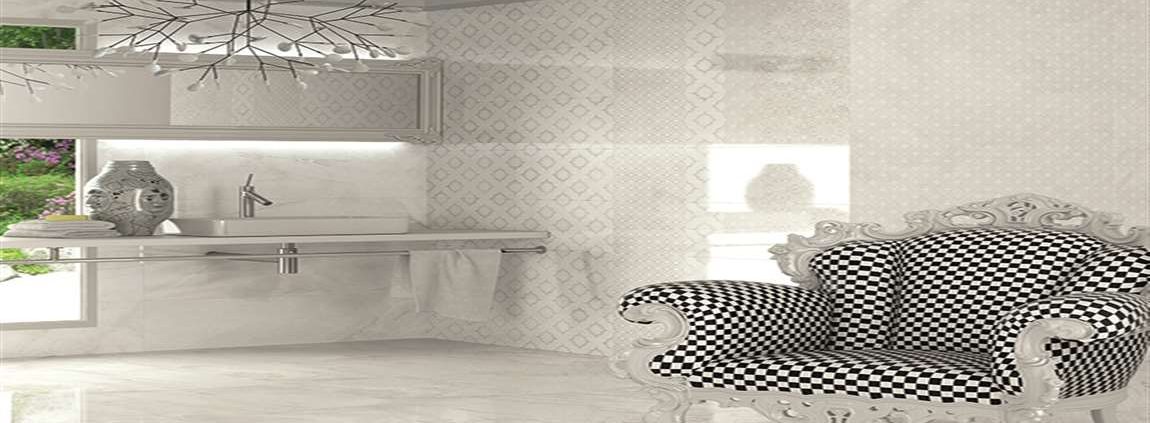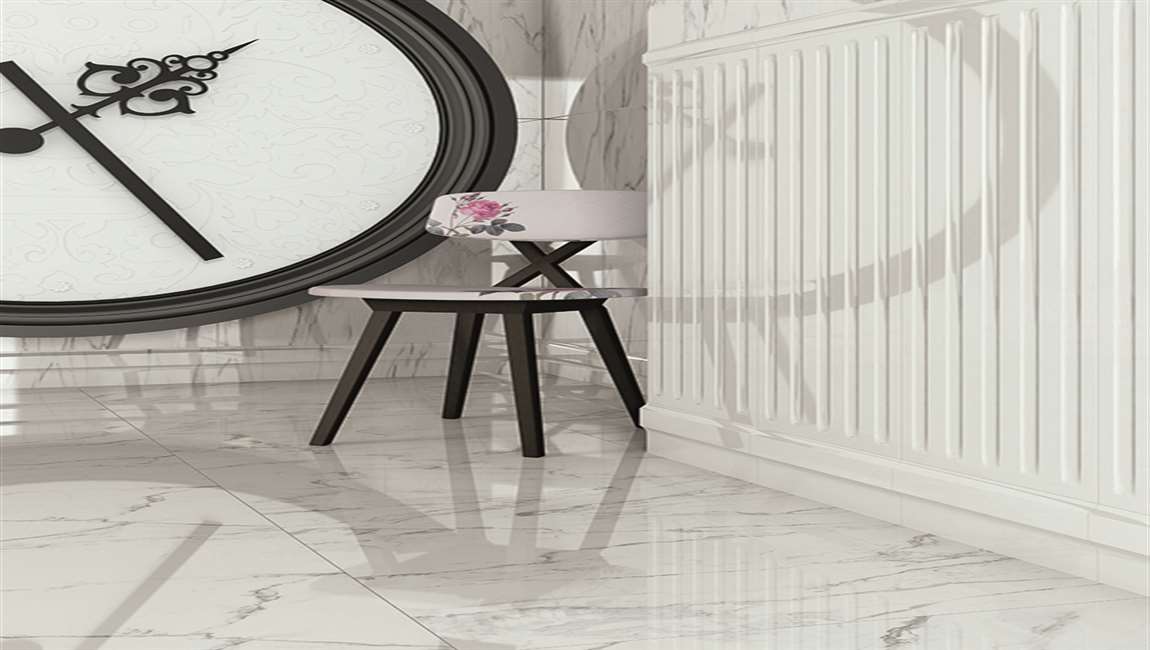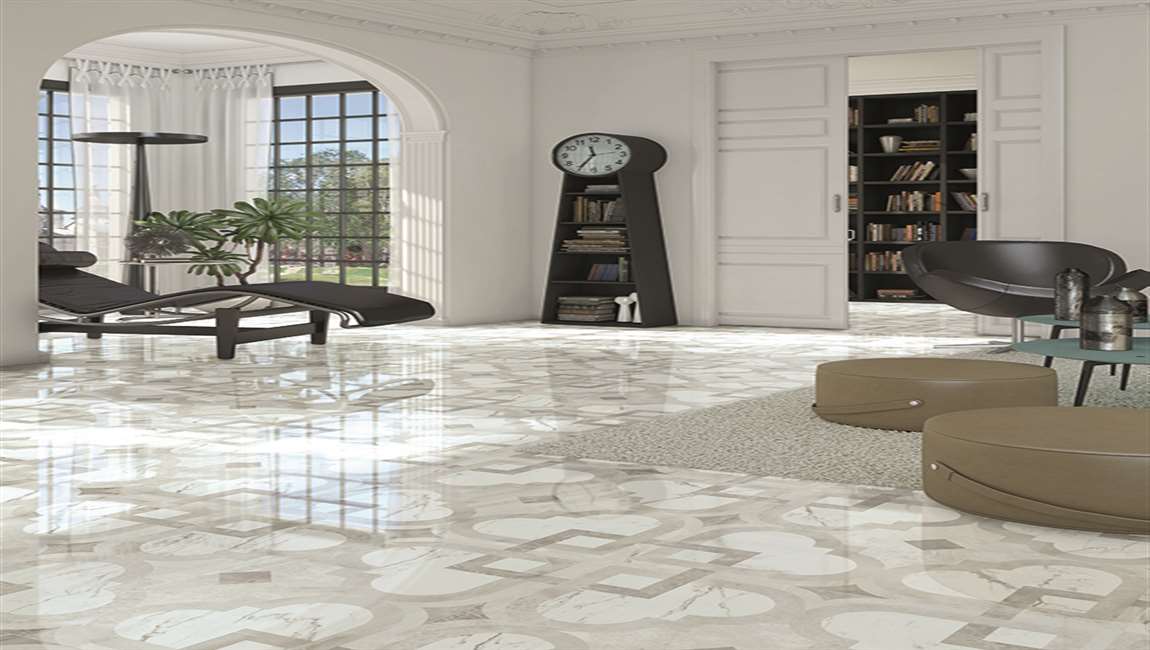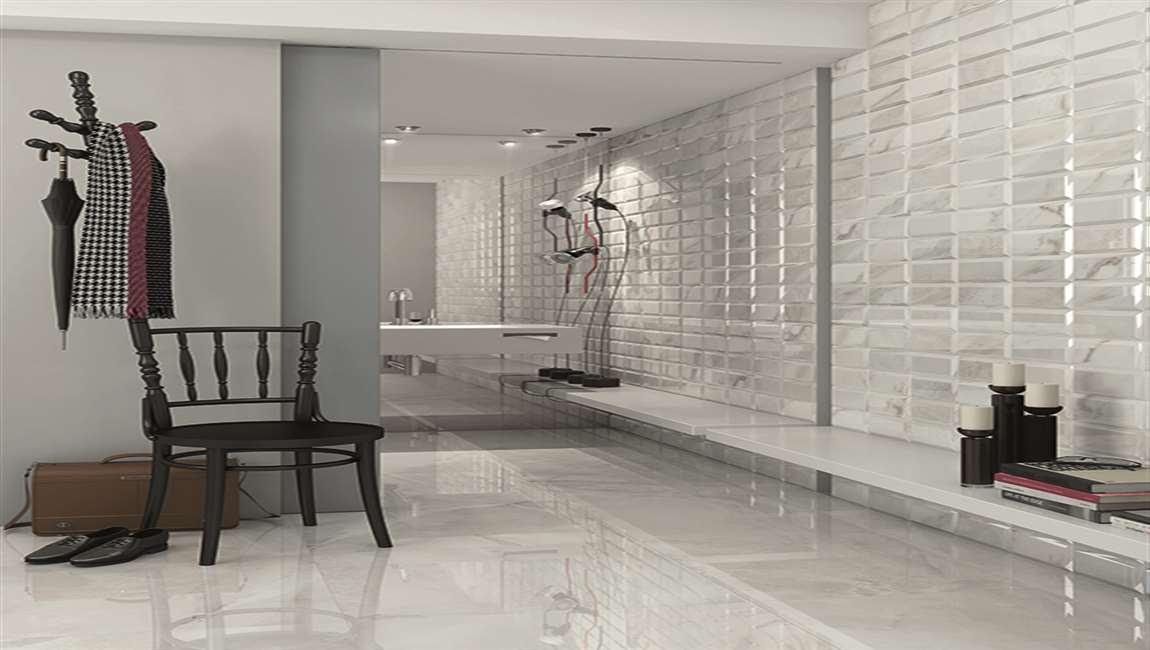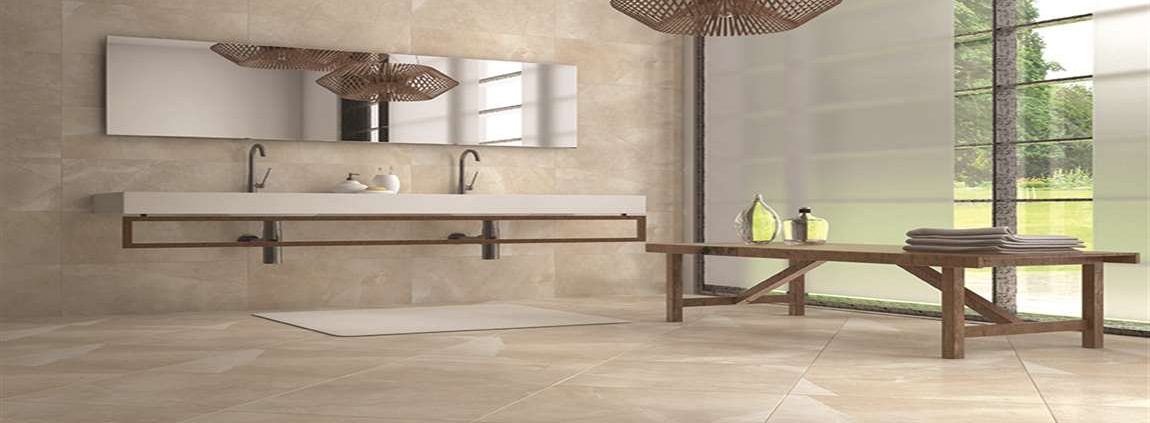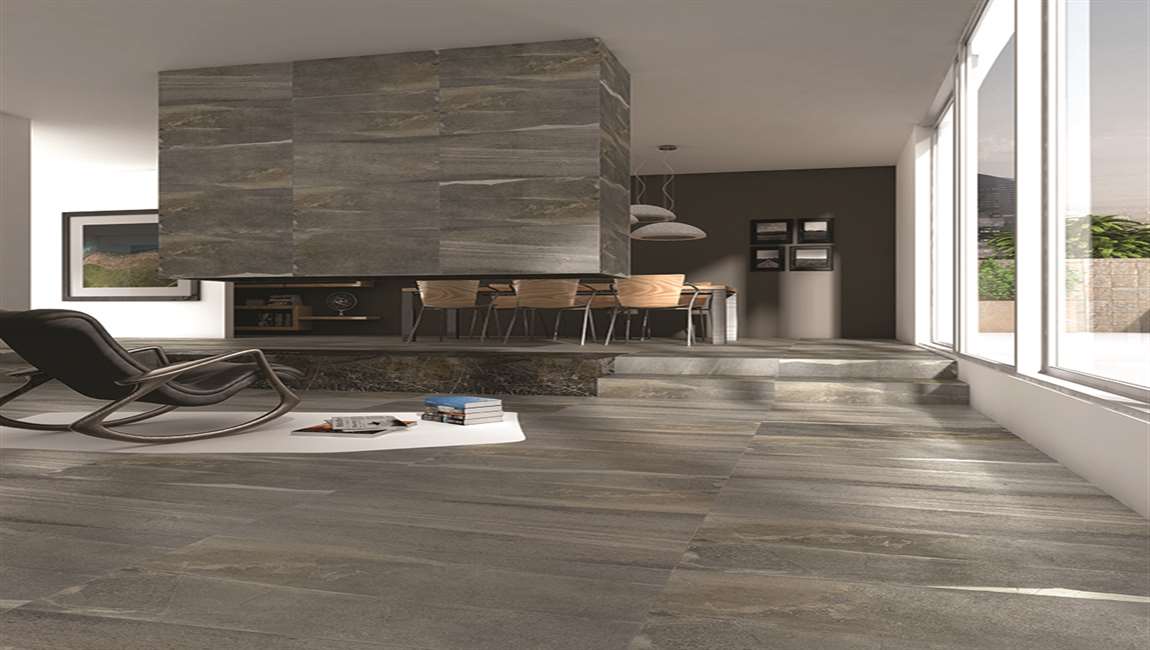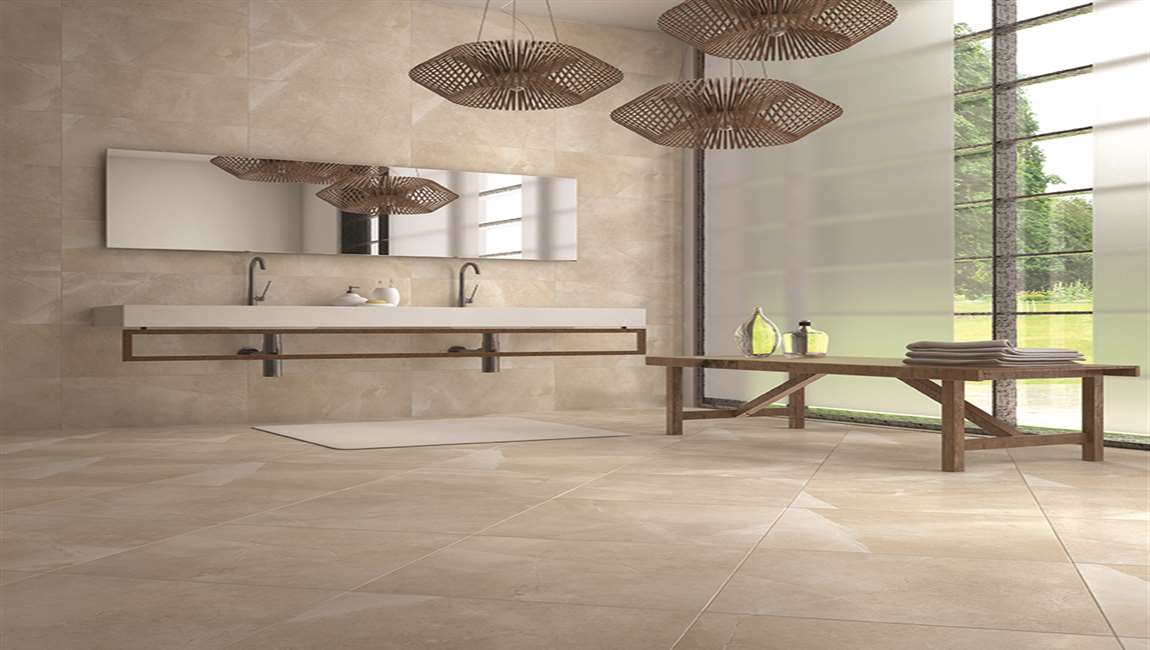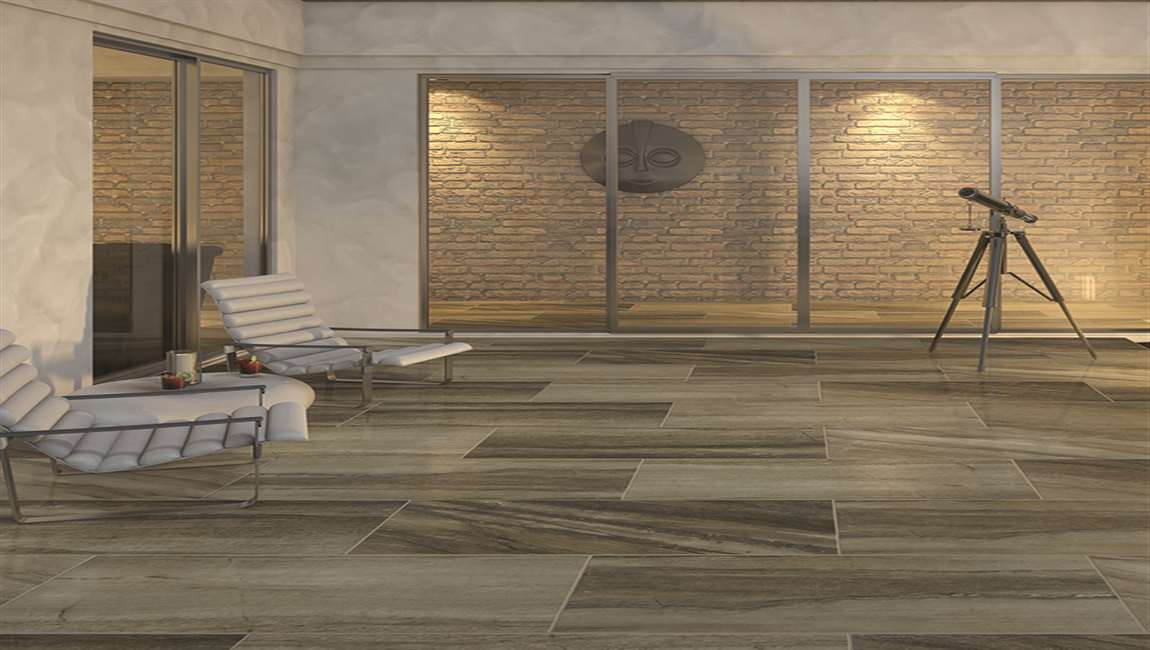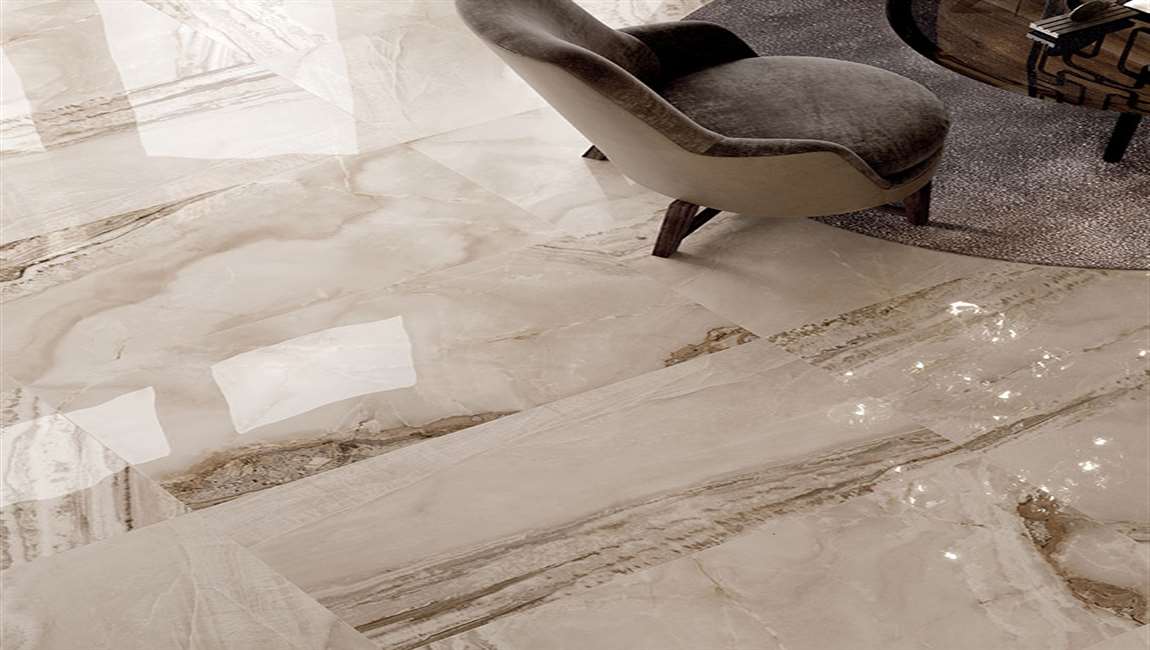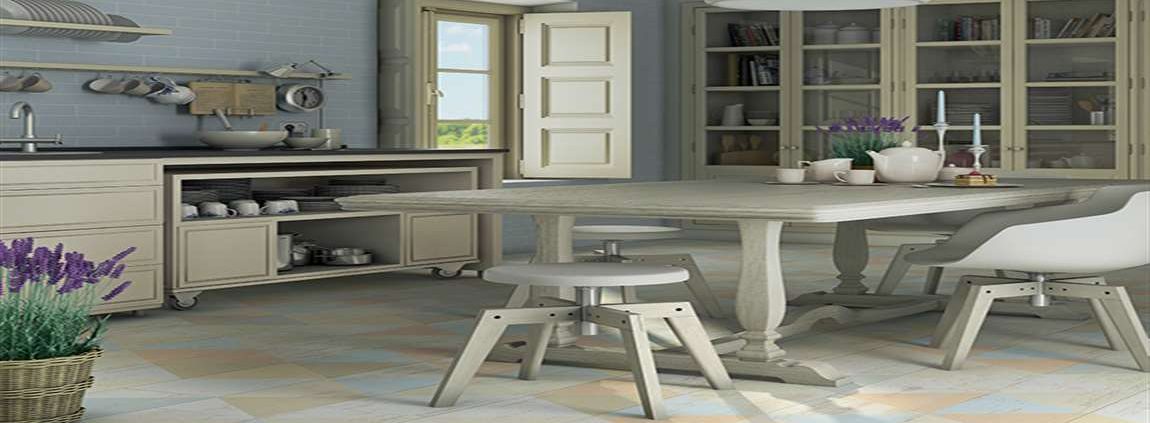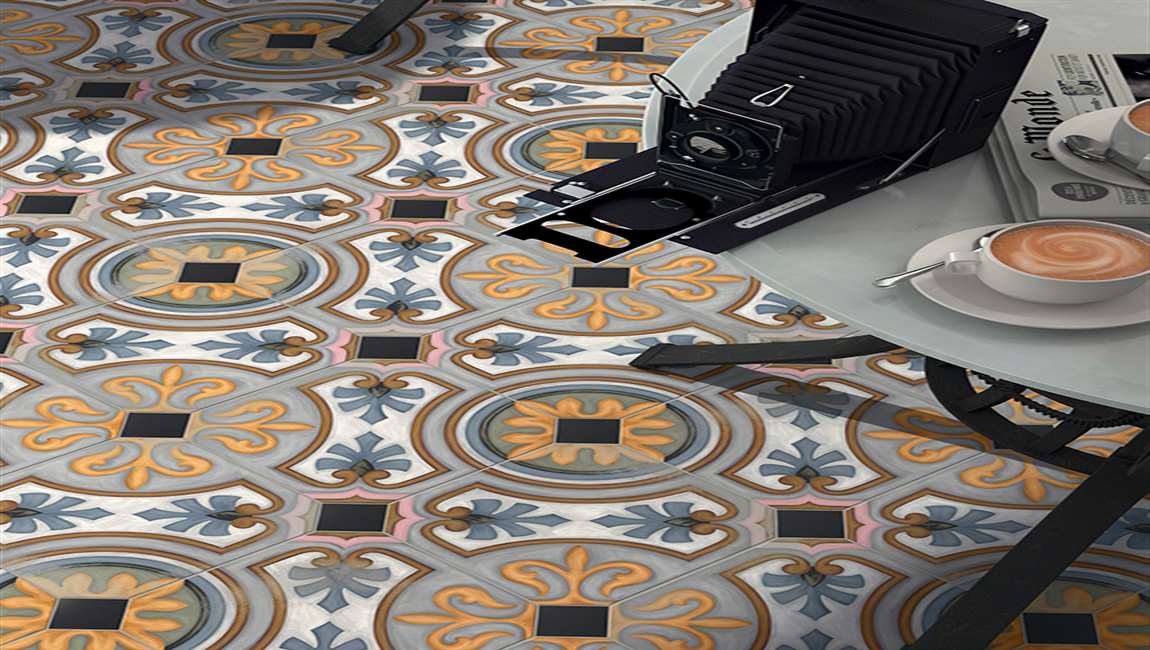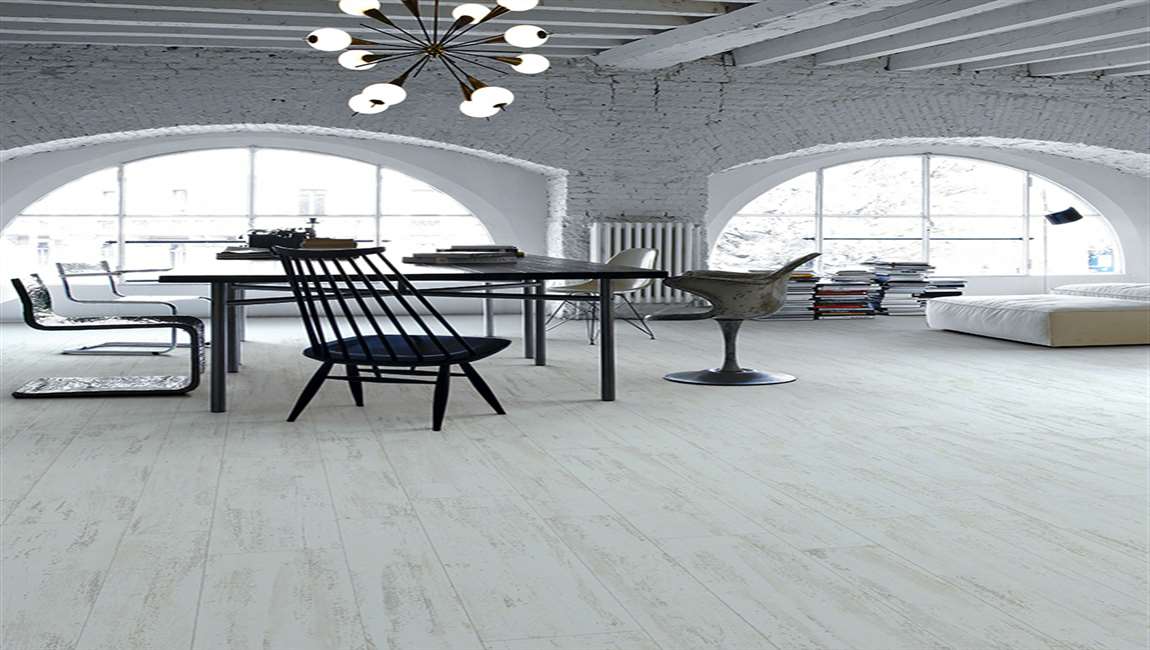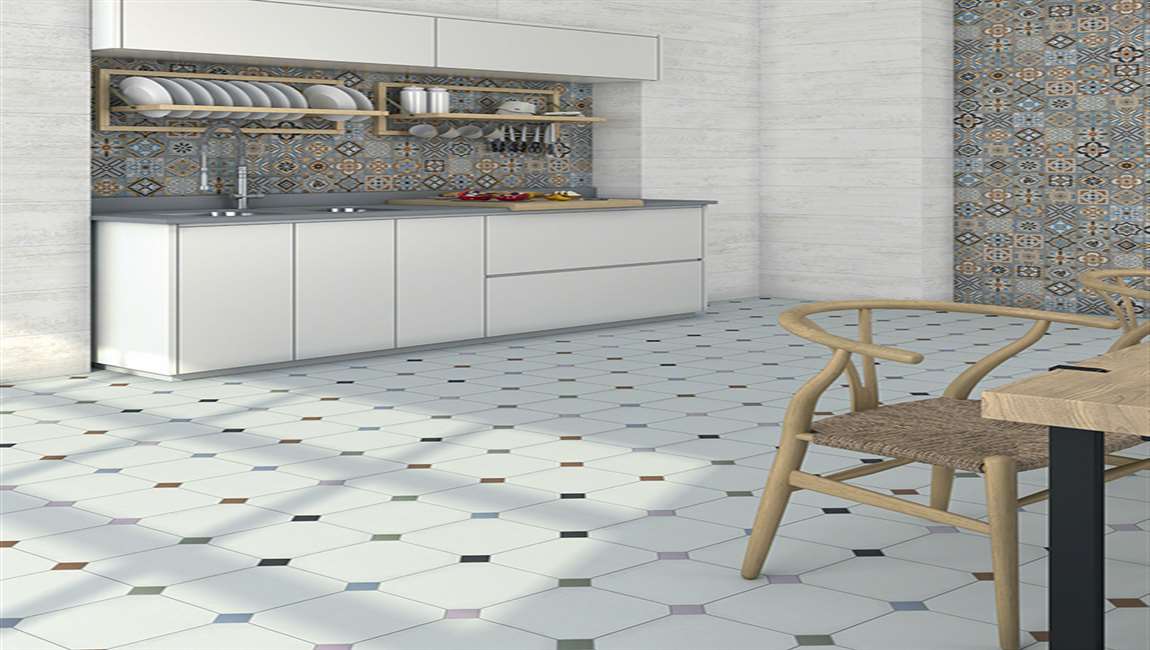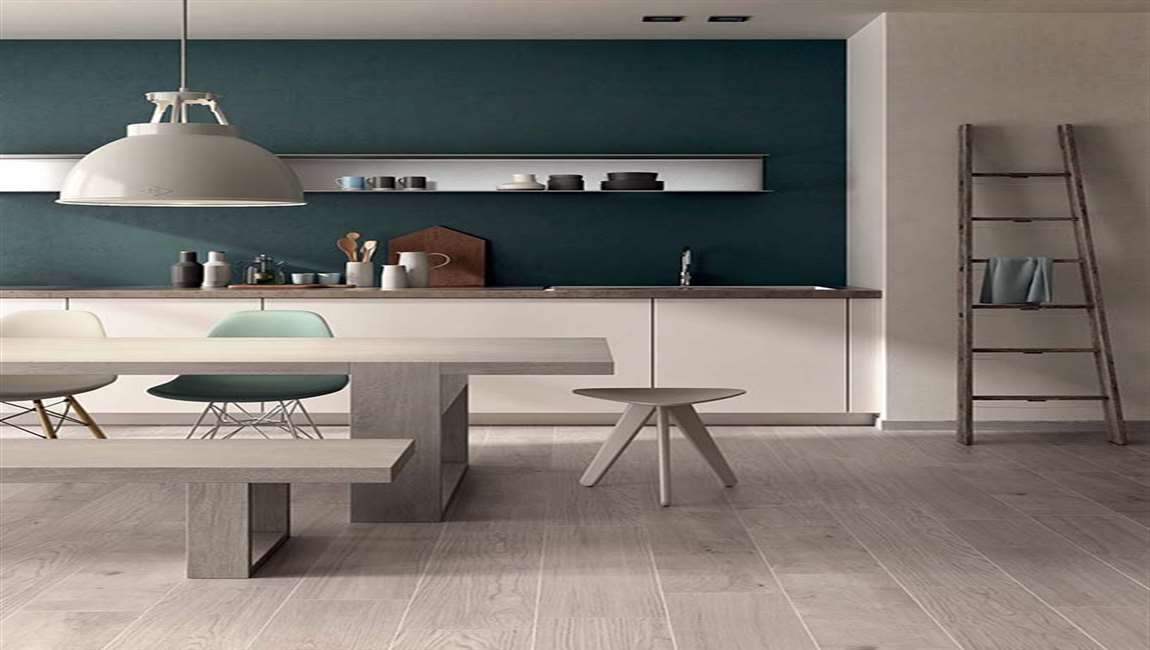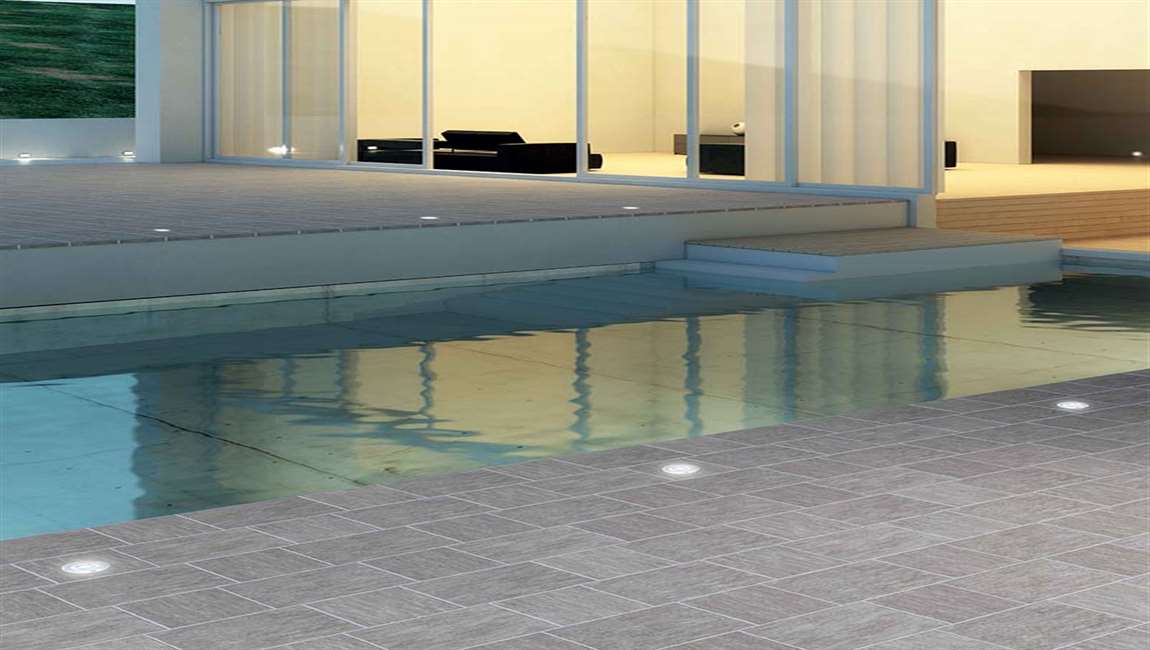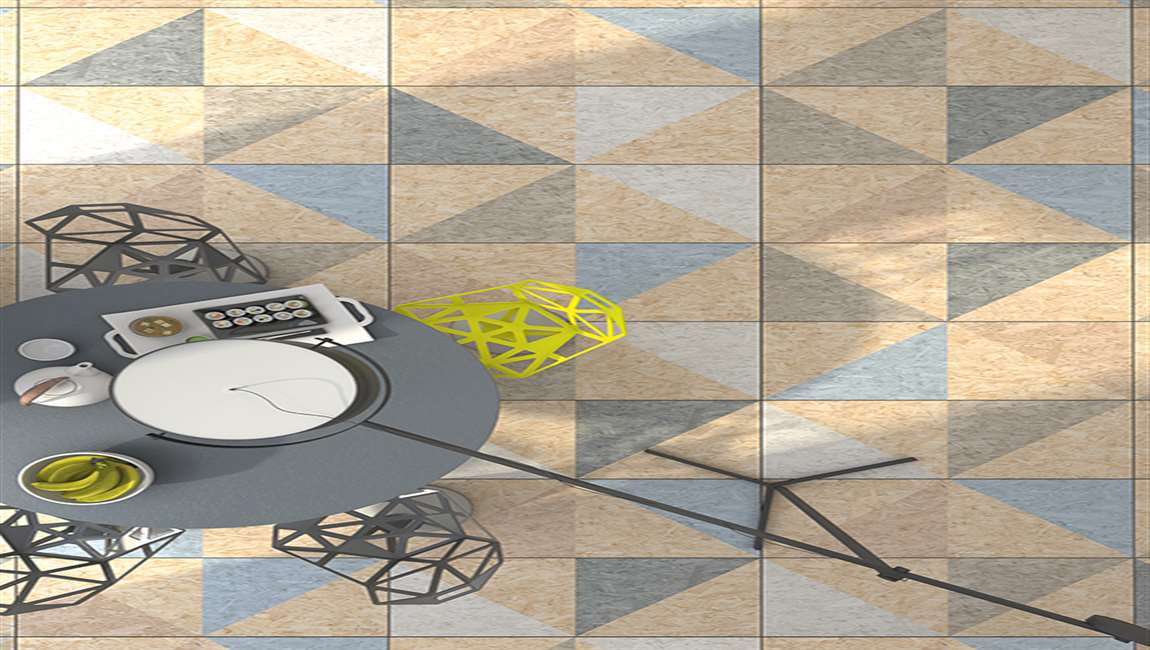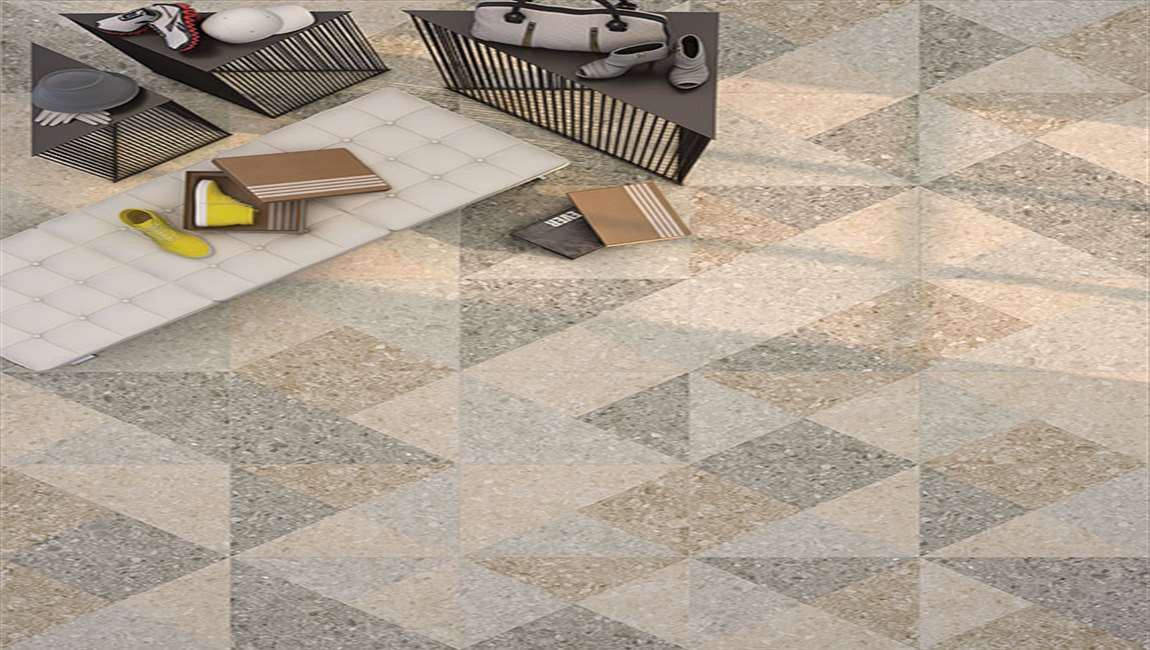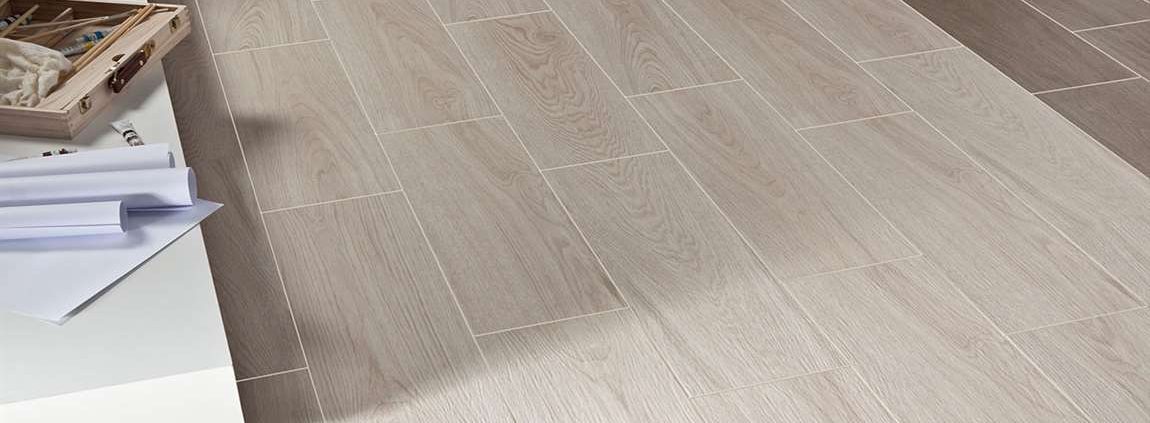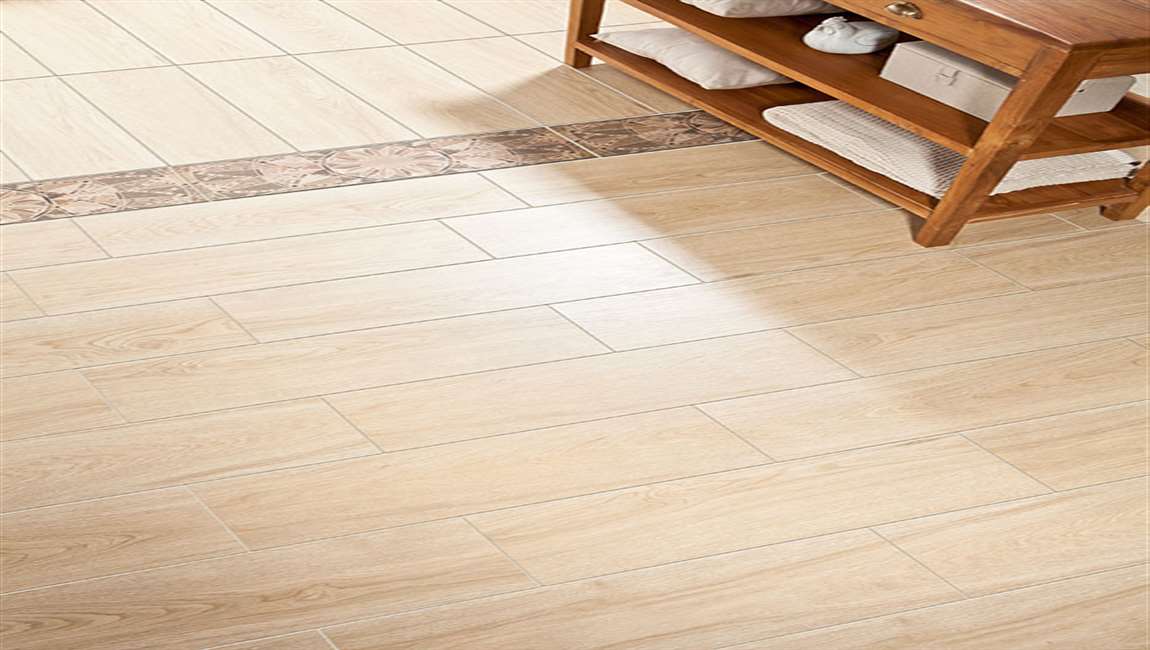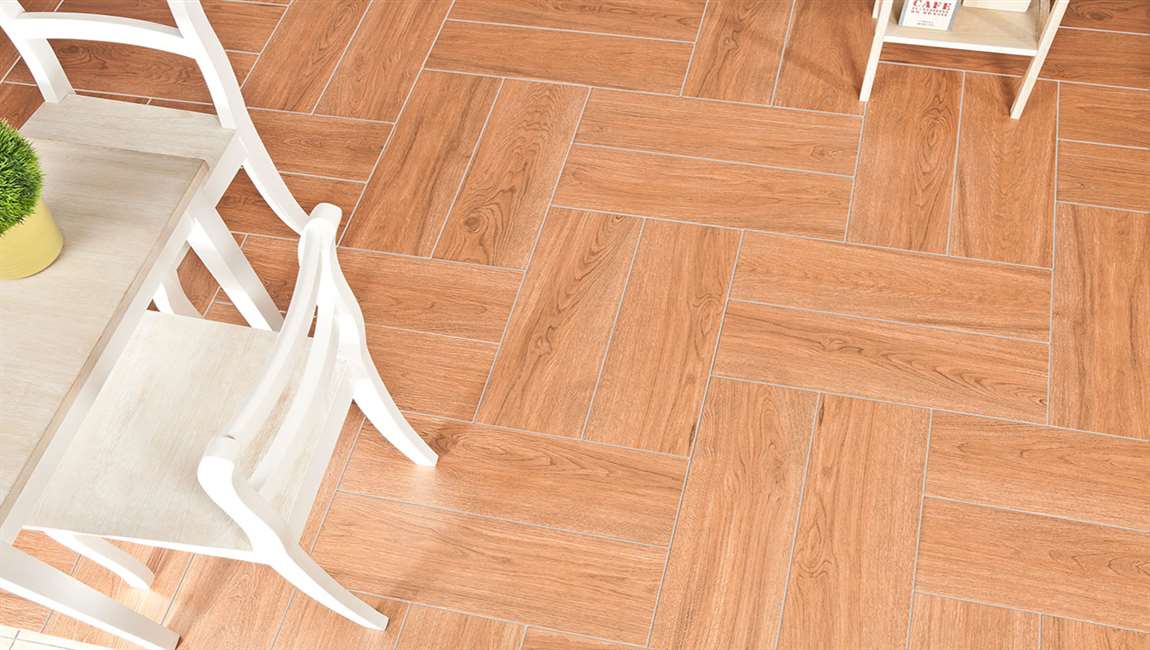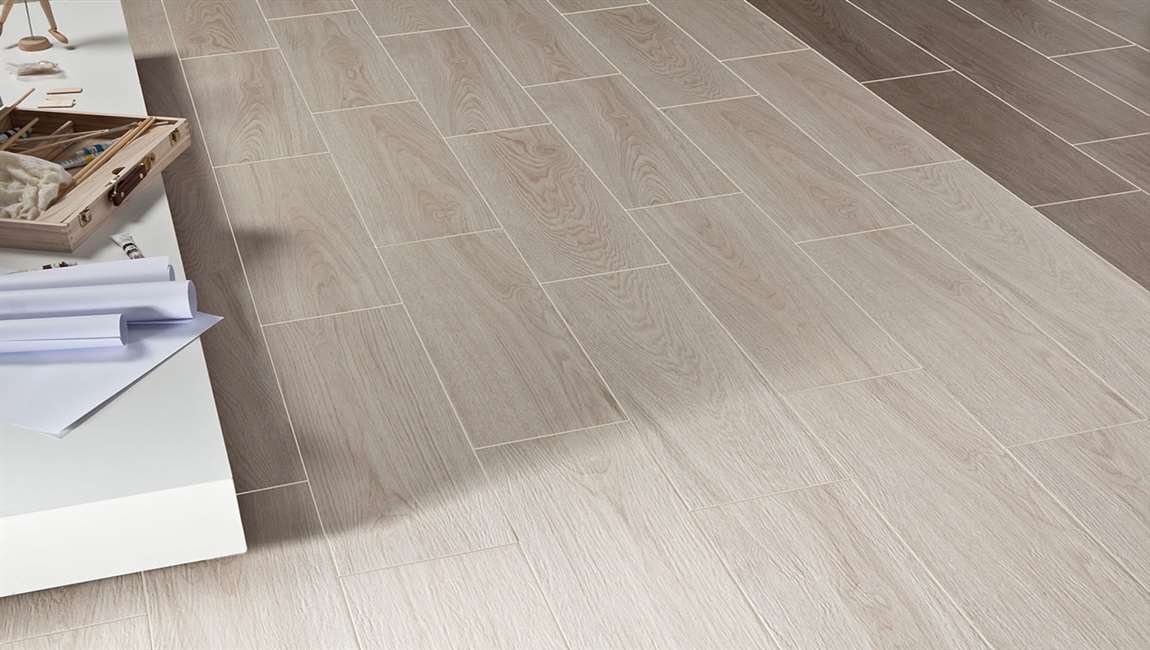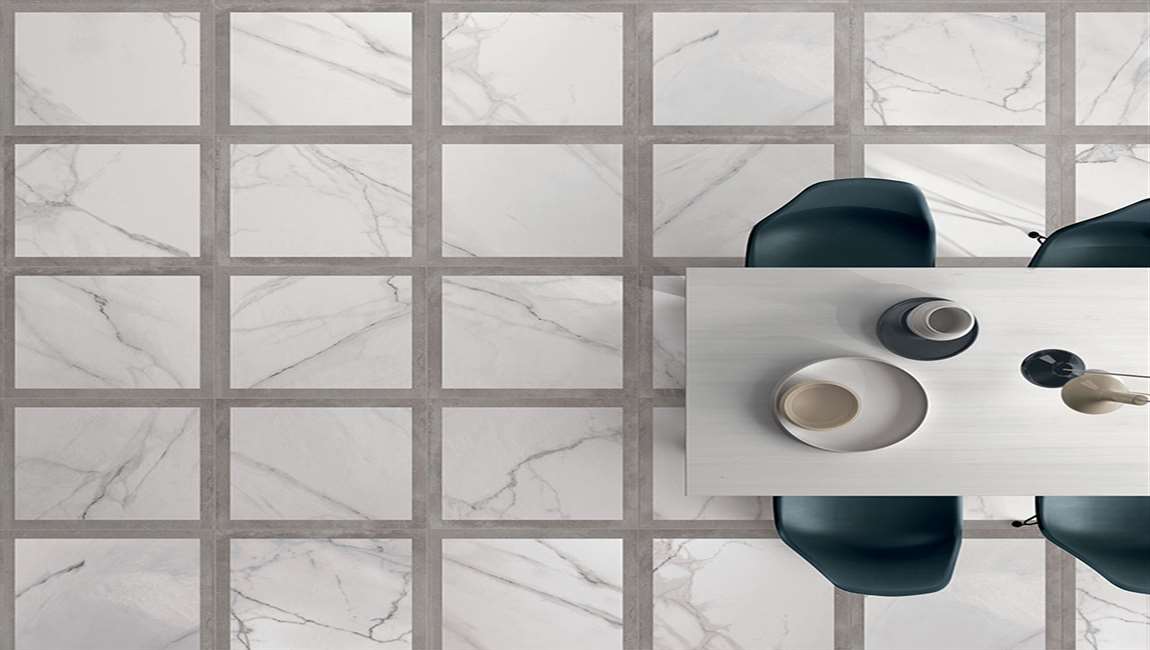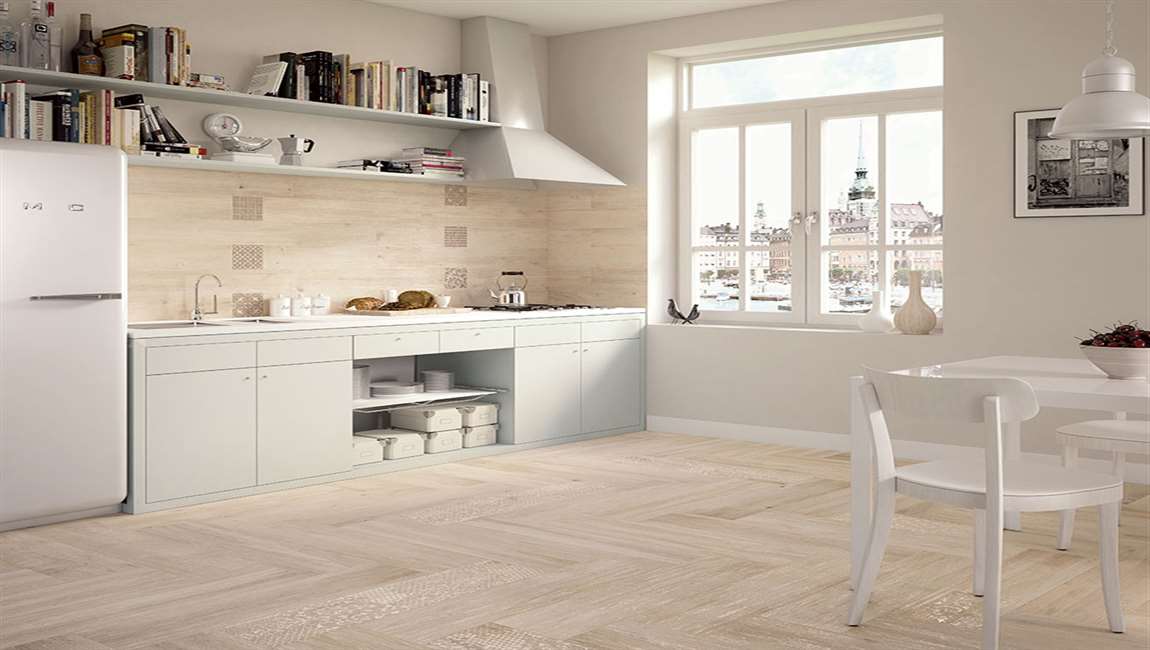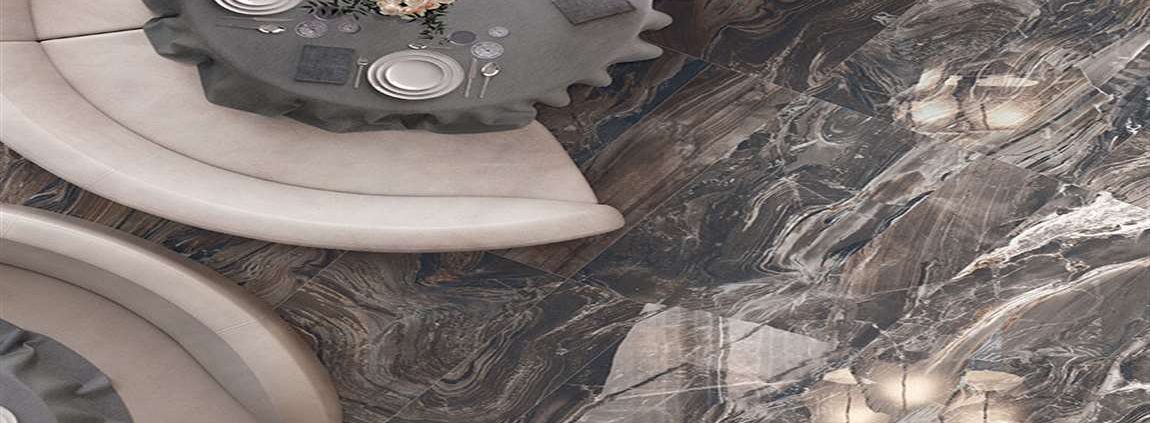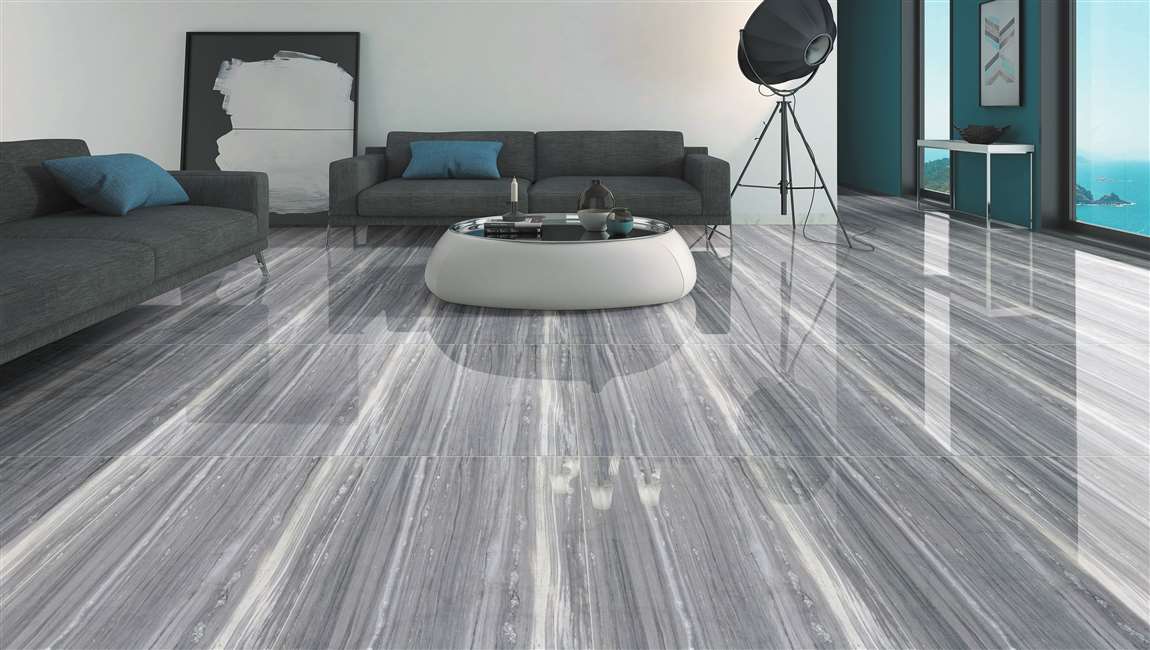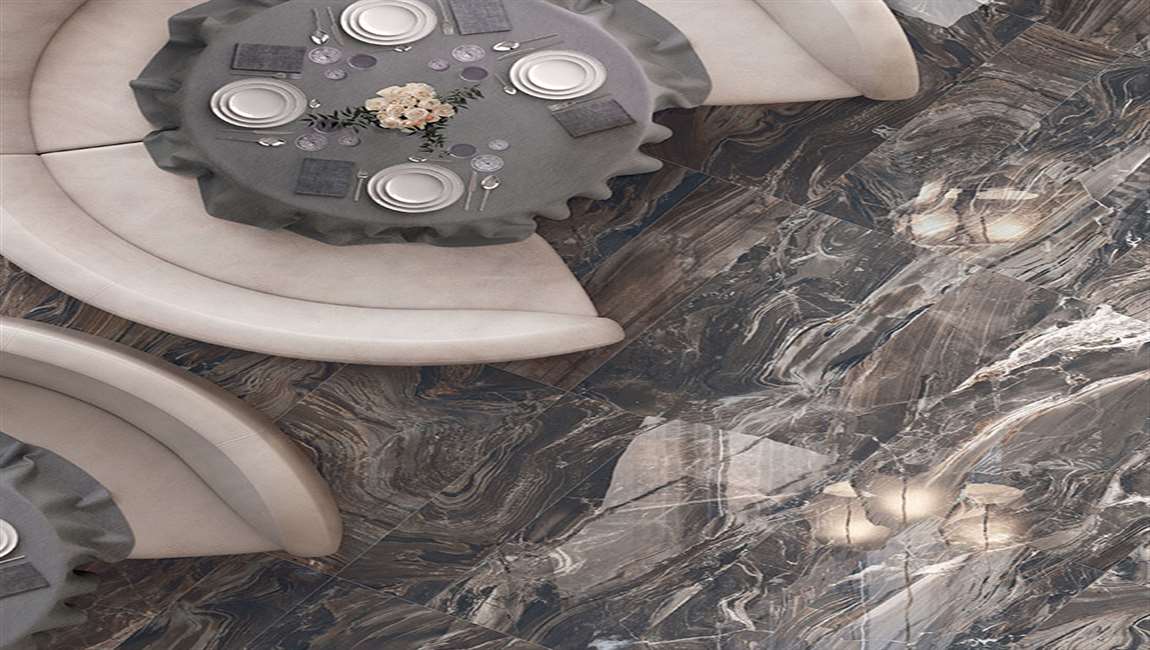How to Install Glass Tile?
Glass tile is a beautiful material that can bring light and shine to any room in a house, creating a clean modern-yet-classic look. Sheets of paper-faced glass tile make setting tile easier by mostly eliminating individual tile setting, but you can also get traditional tiles made from glass. With Barana as your guide, you’ll get a professional look without the professional price.
A laser level is handy because it will continue to be available even after you lay down your mortar. You can use a chalk line to line up your tiles but it’s easy to accidentally cover it. Getting a level line is important because walls, ceilings, and other surfaces in your home are often not as straight as they look. A wall, for example, can be taller in one spot than it is in another.
Test your pattern. Dry fit your wood tiles before putting up any mortar to make sure that you like your pattern and that you know how the different tiles or sheets properly fit together. Lay out a couple to get an idea and then get ready for the fun to start!
Mix some thin set mortar. You will use thin set mortar to attach the elegant tiles to the wall or other tiling surface. You’ll need to mix the mortar according to the package instructions, but generally you want to start with the powder and add water very gradually. When the mortar has a consistency like peanut butter, you’ve got the right amount of water. Mix only what you can spread in 20 minutes. Let the mortar sit for 10 minutes, stir it up again and then it’s ready to use.
Spread the mortar. Spread the mortar using a notched trowel in a roughly 3’x3′ space. Spread the mortar out and then use the trowel to create straight, parallel lines in the mortar. These will help the tiles adhere to the wall. You might want to do a test tile first, however, in order to make sure that your mortar is the right consistency. Place a tile down and them pull it back off: when you set the tile on the mortar, if the mortar comes up between the tiles so that it is even with the face of the tile, then your mortar is too thick or maybe wet. If you see lines of mortar on the back of your tile when you pull it up, then your mortar is too dry or the bed of mortar is too thin.





